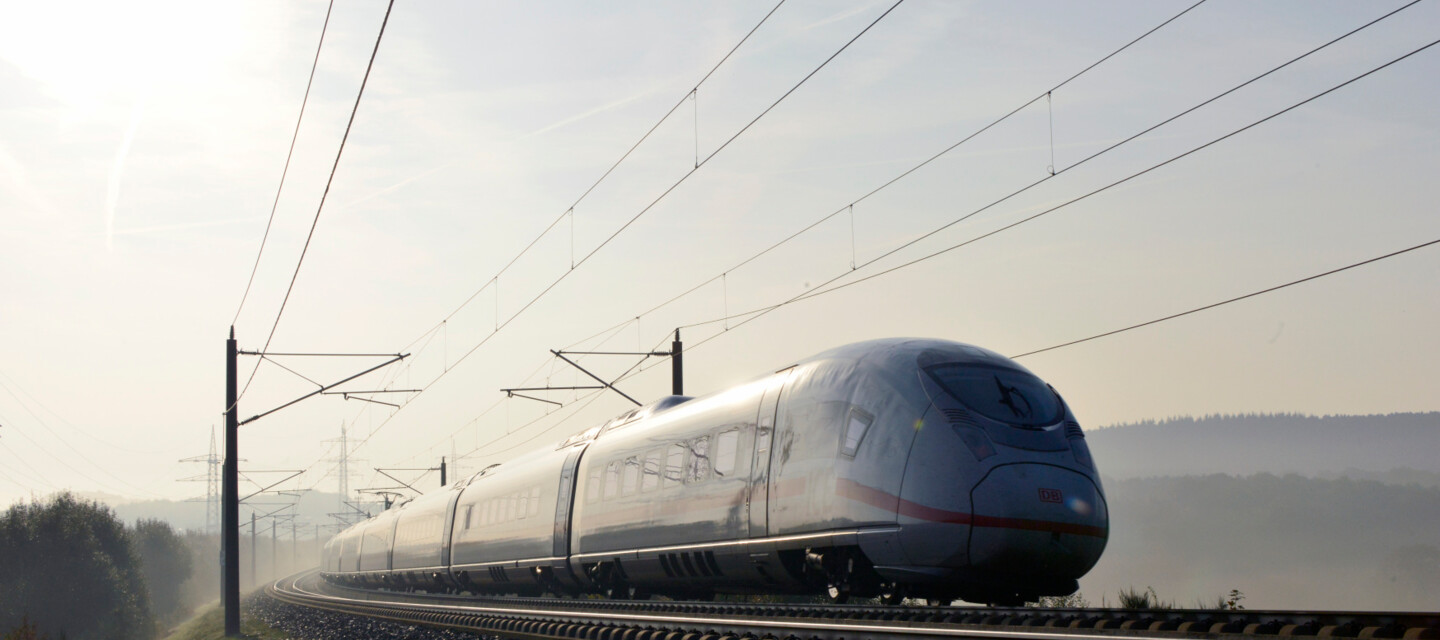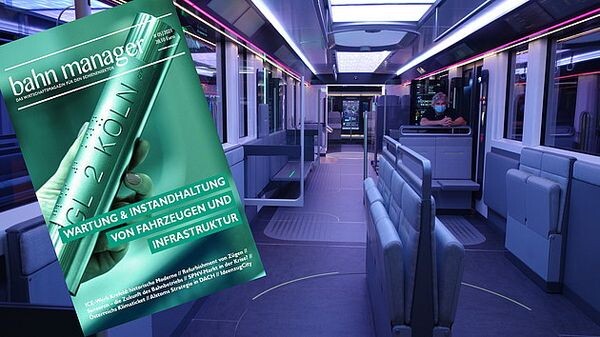Im Zuge von Industrie 4.0 spielt die Digitalisierung des Bahnbetriebs eine immer wichtigere Rolle. Züge, die in kürzeren Abständen fahren, die intelligent und automatisch in Echtzeit gesteuert werden und die durch Sensorik ihre Umgebung und Position erkennen - so sieht die Zukunft der Bahn aus. Dazu bedarf es einer umfassenden Sensorik sowie einer intelligenten Steuerungslogik, um große Datenmengen erfassen und verarbeiten zu können. Ein Konzept für ein digitales Planungssystem ist der Einsatz eines digitalen Zwillings - ein digitales Abbild eines Zuges, einer Bahnstrecke oder von beidem - der zur Echtzeitanalyse und Optimierung von Schienennetzen eingesetzt wird.
Ein Digitaler Zwilling lässt sich nahezu für alle Objekte der realen Welt erstellen. Das Konzept des Digitalen Zwillings lässt sich auch im Bahnbetrieb für das Schienennetz anwenden. Allerdings ist der Datenhunger eines Digitalen Schienenzwillings enorm. Denn die Deutsche Bahn verfügt über das längste Schienennetz in ganz Europa und je feiner das Datennetz und je aktueller die Daten, desto besser lässt sich die Realität abbilden. Hier zeigt sich eine der Herausforderungen eines Digitalen Schienenzwillings: Ein kaum vorstellbarer Aufwand, die gesamte Republik mit einem dichten Netz einzelner Sensoren, von denen jeder einzelne ständig seine Daten sendet und eine Stromversorgung benötigt, zu überziehen. Abgesehen von der unvorstellbaren Zahl an Sensoren, die installiert werden müssten, kann man sich auch vorstellen, dass die Datenverfügbarkeit aufgrund von Störungen ein Problem darstellt.
Eine vielversprechende Alternative ist ein passives Sensornetz, das in weiten Teilen ohnehin schon vorhanden ist. Das bestehende Glasfasernetz der Deutschen Bahn soll hier einen wichtigen Beitrag liefern. Dieses Glasfasernetz ist bereits entlang der meisten Bahnstrecken verlegt und wird über die kommenden Jahre nahezu flächendeckend ausgebaut. Mit Hilfe von faseroptischer Sensortechnologie (kurz: FOS) lässt sich das vorhandene Glasfasernetz als Sensornetz nutzen.
Mit der FOS-Technologie wird die passive Glasfaser, die bislang nur zu Datenübertragung genutzt wird, zu einer langen Kette tausender Sensoren, die je nach Auswertung die Temperatur oder Umgebungsgeräusche entlang der Schienenstrecke erfassen.
Dies ist ein Auszug eines Artikels aus dem Magazin Bahn Manager (#5, Herbst 2021).

